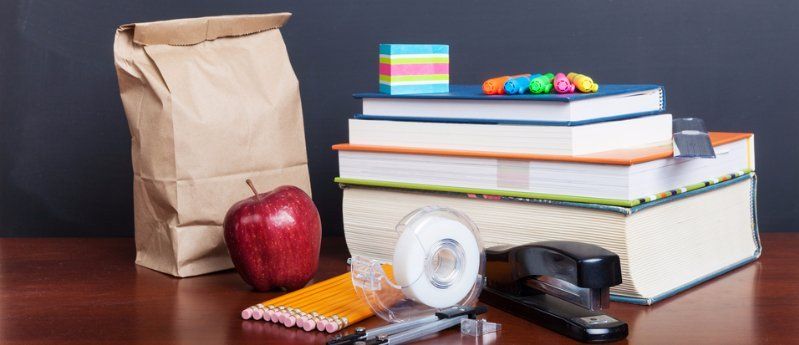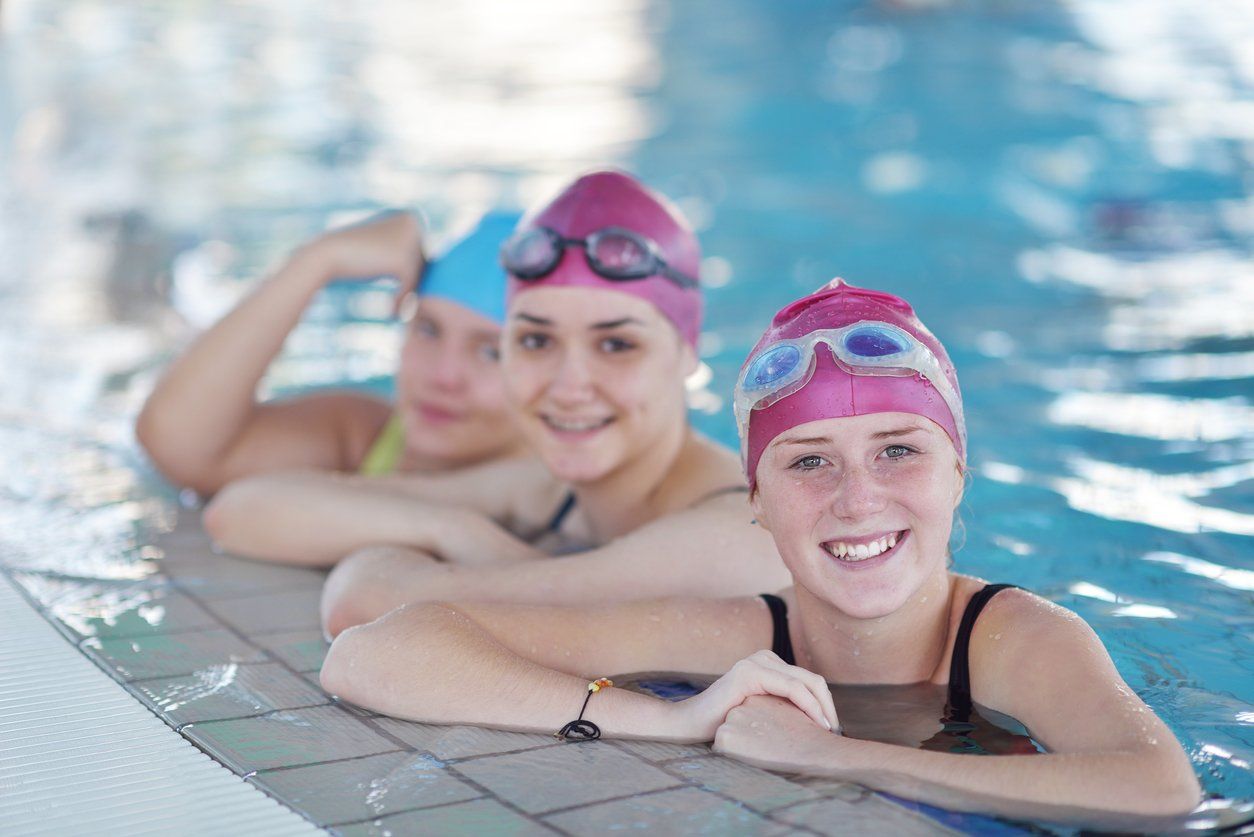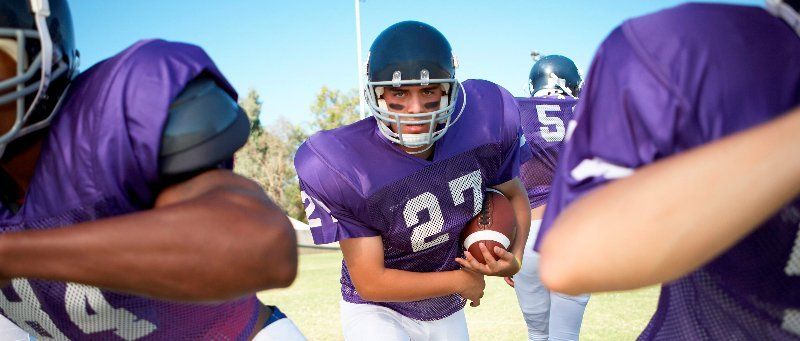
BROWN BAGGING IT
| By Lisa Marshall
Posted on Fri, Jun 29, 2012
Recent headlines about “pink slime,” “mystery meat,” and salt and fat-laden offerings on school cafeteria trays have prompted many concerned parents to take matters into their own hands and pack Junior’s lunch themselves. But are sack lunches any healthier than what the school has to offer?
It depends on what you’re packing, says Annie Hoese, RD, a pediatric dietitian for HealthONE Clinic Services.
“A lot of parents send a sandwich, a bag of chips, a juice box, and a bunch of little pre-packaged sugary snacks,” she says. “They think they’re doing the right thing, but it’s not even close to healthy.”
While the federal government sets guidelines on what a school lunch must contain, no such rules exist at home, meaning the nutritional content of sack lunches vary radically.
One 2010 British study of 1,294 lunchboxes found that only 14, or 1.1 percent, met government standards set for cafeteria lunches. Another, presented in October at Obesity Society meeting in Orlando Fla., looked at 2,107 lunches, 39 percent of which were brought from home. Compared with the school lunch, home packed lunches were significantly less likely to include fruit, vegetables, and dairy. Sixty percent of homemade lunches contained high-fat or sugary snacks (versus 17 percent of school lunches) and half contained sugary drinks, while almost no school lunches did.
Dr. Vincent DiMaria, a pediatrician with Arapahoe Park Pediatrics in Littleton says whether it comes from the lunch line, or the cupboard, a healthy lunch is critical for promoting learning.
“There have been a lot of studies in the past five or 10 years that confirm that kids who are hungry or malnourished have trouble with concentration,” he says, noting that deficiencies of certain nutrients, including iron, have been associated with Attention Deficit Hyperactivity Disorder (ADHD). “Kids do a lot better in school when they eat better.”
The U.S. Department of Agriculture’s National School Lunch Program was established in 1946 to “safeguard the health and wellbeing of the nation’s children” by providing free, or reduced cost lunches at school. But the program, which feeds 32 million kids daily, has been lambasted for its high sodium, fat, and preservative content and lack of fruits and vegetables. In March, consumer advocates urged U.S.D.A. to stop serving what they called “pink slime” – a low-cost meat filler made from fatty scraps treated with ammonium hydroxide. Critics also point out that, under federal guidelines, pizza sauce is considered a vegetable and French Fries are ubiquitous. One school lunch contains about 1,400 mg of sodium, close to the recommended limit for a full day.
While the government is taking steps to make school lunches healthier, it will take time. Hoese still recommends that parents pack their child’s lunch whenever possible. “This way, you can take control over what’s going into your child’s body,” she says.
WHAT TO PACK:
A protein anchor: Build every meal around a protein. It helps slow digestion, stabilize blood sugar, and keep your child full. It also fends off the afternoon fuzzy-headedness that often comes with hunger. Dietitians recommend that 20 to 25 percent of a school lunch consist of protein. Try a sandwich made with lean unprocessed meat, like turkey, ham, or roast beef from the deli. Nut butter, hummus, and hard-boiled eggs are also excellent sources.
Whole grain: Like protein, whole grains slow digestion and stabilize blood sugar, setting the stage for better attention. In contrast, refined grains, such as white bread and white pasta, spike blood sugar fast, giving kids an energy boost during recess but sending them crashing when it’s time to get back to work. Make your sandwiches on whole wheat bread, bagels, tortillas, or pita pockets, or skip the bread and send low-sodium whole wheat crackers instead.
Good fats: Mounting research suggests that Omega 3 fatty acids, found in fatty fish and certain seeds and nuts, keep brain cells healthy, promote production of critical brain chemicals, and foster better communication between neurons. Some research has linked low levels of Omega 3 fatty acids with attention deficits while other studies have linked higher levels with better reading performance. If your child will eat it, try sending a tuna fish sandwich or some walnuts once or twice a week, says Hoese.
Dairy: It’s critical for promoting bone density and healthy teeth and contains healthy fats which contribute to brain development. But cheese isn’t always the healthiest choice: “It’s loaded with sodium and can be high in saturated fat,” says Hoese. Try a low-fat yogurt tube instead. If you want to send cheese, try low-sodium options (like Swiss) or stick to smaller one ounce-portions (like string cheese tubes).
Fruits and vegetables: They are hydrating, full of fiber, and – for those with weight concerns – a low-calorie way to provide something sweet, nutrient dense, and energizing. Go with whole fresh fruit and keep the skin on, to retain the fiber. Get creative: Send a tub of apples to dip in that peanut butter; make “ants on a log” using peanut butter spread on celery with raisins; or make a fruit kabob.
WHAT TO SKIP
Dessert: With only 15 to 20 minutes to eat, kids need not be tempted to spend that time nibbling on a cookie as their turkey sandwich sits idle. “It’s going to be a quick burst of sugar with no fiber and no protein and nothing to last them through the day,” says Hoese. Even those 100-calorie “snack packs” are typically far from healthy. If you must pack dessert, pack a fruit cup (no heavy syrup) apple sauce (no added sugar) or low-fat pudding cup (at least it comes with calcium).
Sugary drinks, including “100 percent juice”: That juice won’t offer anything you can’t get from a piece of fruit, says Hoese, and it too is loaded with concentrated sugar, “which can be hard for the body to process.” Instead, send your child with money for low-fat milk. Or stick with water.
Chips: They are high in sodium and low in nutrients. Instead, send some air-popped popcorn, flavored rice cakes, low-sodium pretzels, or trail mix made with Omega-3-heavy nuts.
Preservatives: Steer clear of highly processed meats like bologna, salami, pepperoni, or pre-packaged lunch meat. They are laden with salt, and numerous studies have linked them with heightened risk of heart disease and diabetes. Some research also suggests they impair concentration.
Artificial colors: Skip the blue tubes of yogurt and neon-colored crackers. The jury is still out on the health impacts of artificial colors (which are made from petroleum products). But several studies have shown behavior changes in children within hours of consumption. In Europe, foods containing artificial colors are now required to have a warning label “May have an adverse effect on activity and attention in children.” Some states are considering bans on artificial colors in school cafeteria lunches, and many food companies – including the makers of Goldfish and Go Gurt, now offer products made with natural coloring instead.
WHAT TO CONSIDER
Make lunch fun: Invite your kids to go shopping with you and prepare the lunch themselves. This gets them invested and will hopefully nudge them to eat it. Use bread “cookie cutters” to make fun shaped sandwiches.
Make lunch safe: Be sure to pack an ice pack or a frozen water bottle in your child’s lunch and instruct them to refrigerate it if possible. Never pack mayonnaise, which spoils quickly. One recent study, published in the journal Pediatrics, found that 97 percent of meats, 99 percent of dairy products, and 99 percent of vegetables in children’s lunchboxes were kept at unsafe temperatures which could breed harmful bacteria.





